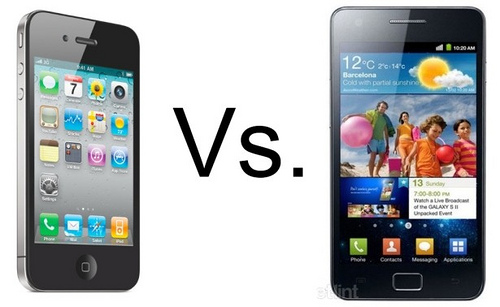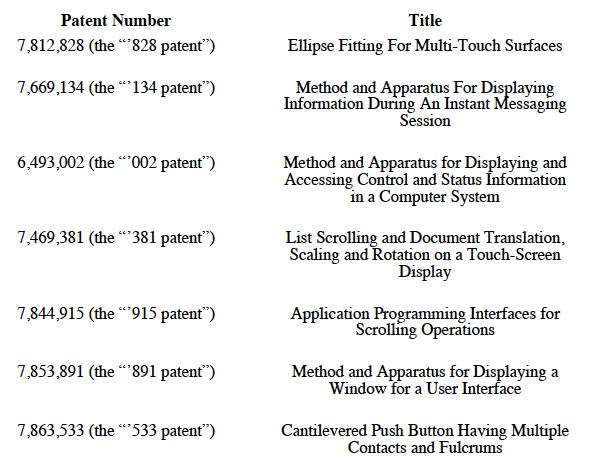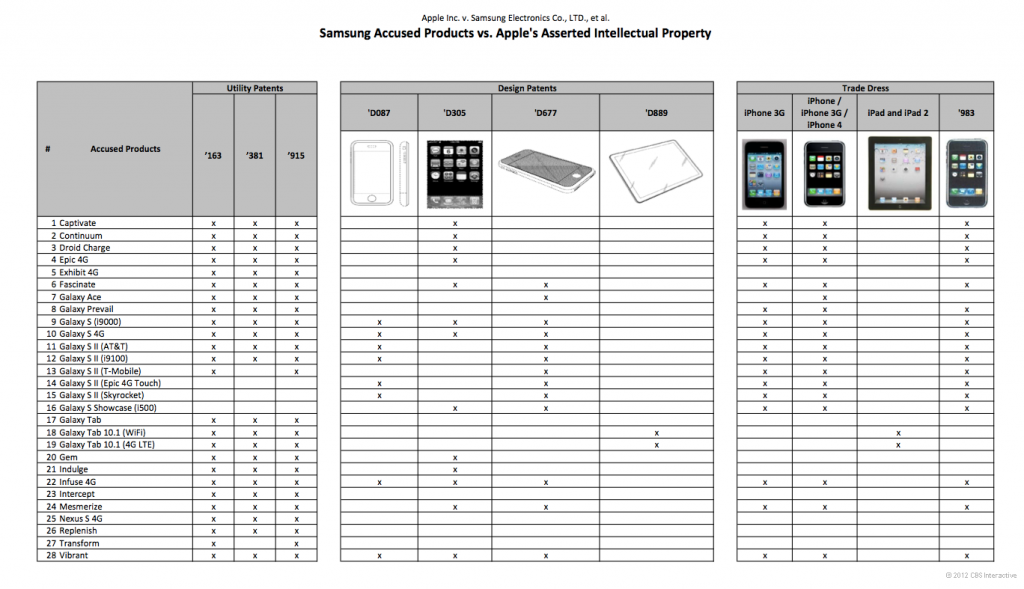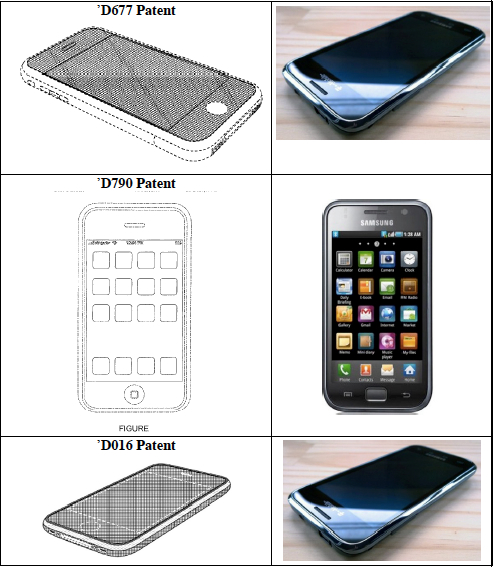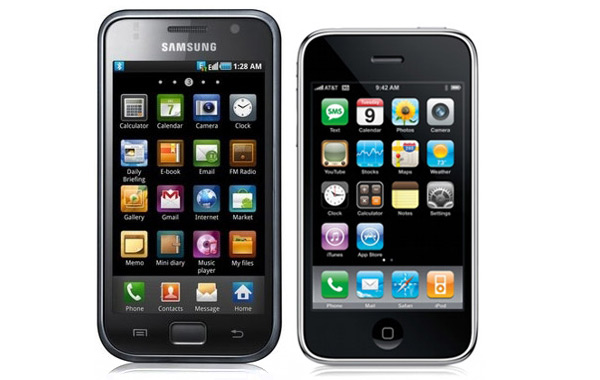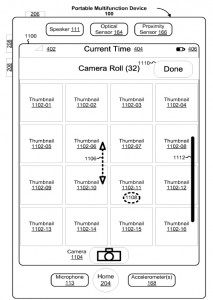Last month, the Court of Appeals for the Federal Circuit dealt a blow to Apple in its battle with Samsung. Procedurally, Judge Koh in the District Court for the Northern District of California had issued a preliminary injunction that blocked sales of Samsung’s Galaxy Nexus smartphone based on likely infringement of an Apple patent. Samsung was appealing that injunction.
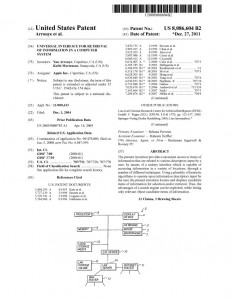
Preliminary injunctions are issued before the case is ultimately decided, and one requirement of a preliminary injunction is a finding that the patent owner has a likelihood to succeed on the merits of their suit. Part of the analysis required is a construction of the claims that are being asserted. In this case, Judge Koh read the claims in a way that would likely have lead to a finding of infringement by Samsung. The Federal Circuit, however, disagreed and held that a more restrictive claim construction was appropriate. With the narrower construction, Apple was not likely to win so the injunction was vacated.
This happened a month ago so I’m not trying to report a news story. Rather, I want to lay out the claim language at issue and help people understand how the process works. Personally, I agree with the Federal Circuit’s interpretation and I think the case is informative for attorneys who draft claims and clients who review them before filing. I’ve written before on the power of narrow claims, and this case emphasizes the problems associated with ambiguity in claim language.
The claim at issue was to searching on a device, such as a mobile device. The claim requires that the device comprise “a plurality of heuristic modules” that are used in searching. “Comprising” is an open ended transitional phrase in patent claims. That means that additional limitations and features may be present in an infringing device, but if that device includes all the limitations of the claim, it will still infringe.
The claim then goes on to say, “each heuristic module corresponds to a respective area of search and employs a different, predetermined heuristic algorithm.” Apple and Samsung had different ideas about what this language should mean. Apple argued that “each heuristic module” refers to the individual modules encompassed by the “plurality of heuristic modules” recited earlier in the claim while Samsung argued that “each heuristic module” refers to each module used by the device.
While that may sound like a small variation, it is the difference between infringing the Apple patent, or not. Under Samsung’s interpretation, each and every heuristic module used by the device must have its own predetermined algorithm that is different from all the others and each one must correspond to a different area of search. Samsung’s search used multiple heuristics, but some used an identical algorithm for different areas of search. Accordingly, the addition of those heuristics would avoid infringement despite the “comprising” transitional phrase used in the claim.
The Federal Circuit agreed with Samsung and went so far as to provide guidance to patent drafters on how to avoid such a construction. The Federal Circuit suggests that changing the language to “each of the plurality of heuristic module corresponds to a respective area of search and employs a different, predetermined heuristic algorithm” would have avoided the problem for Apple. In conjunction with the “comprising” transitional phrase, this would have been interpreted as requiring a set of multiple heuristic modules, each of which corresponded to an area of search and each with a predetermined and different algorithm. The addition of heuristic modules that did not meet that requirement would not have mattered.
This whole issue sounds esoteric, but the language used by the Federal Circuit is how I draft claims and it’s because of the ambiguity that would otherwise exist. When you draft a claim, you must look at it from a variety of angles and decided if there are any reasonable interpretations that could be reached that would not be consistent with what the client wants to protect. I learned this practice drafting chemical cases where we wanted to keep a competitor from avoiding infringement by adding another compound to a formulation. It translates to other areas, even simple mechanical devices where I’ve used similar language.


